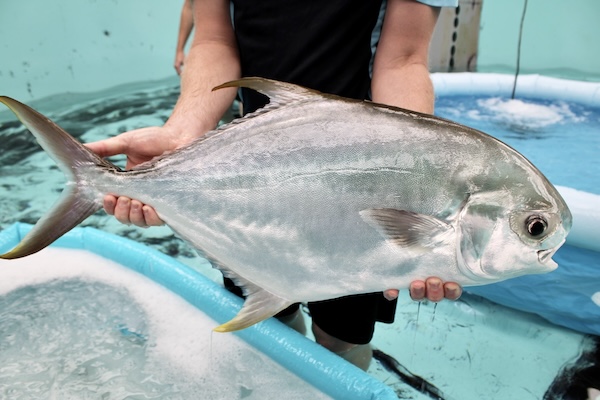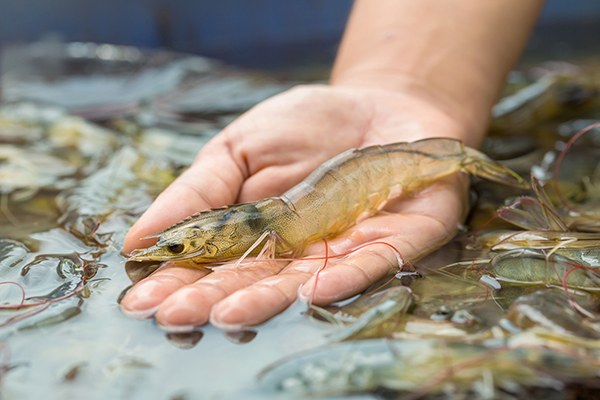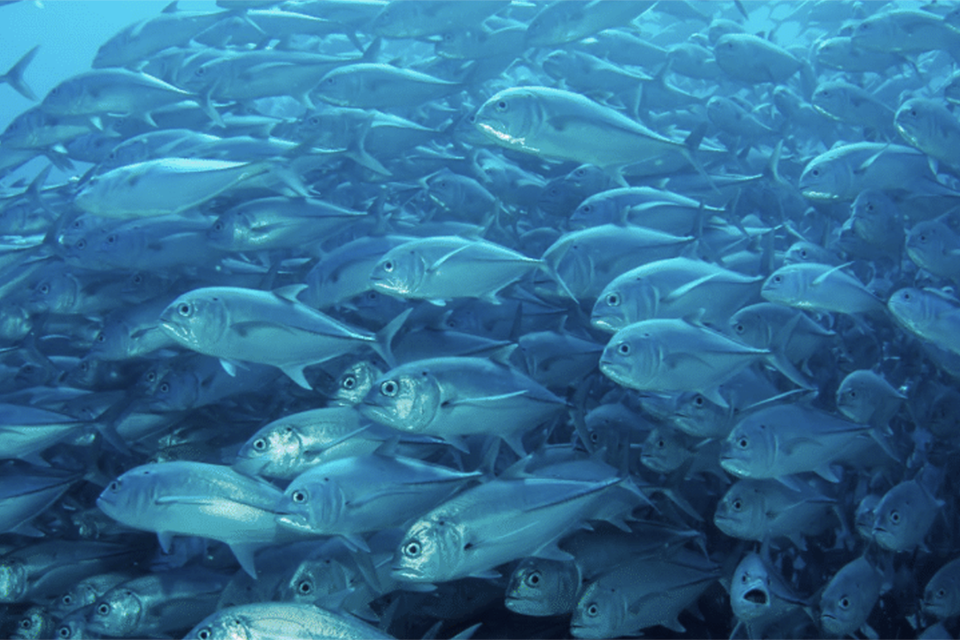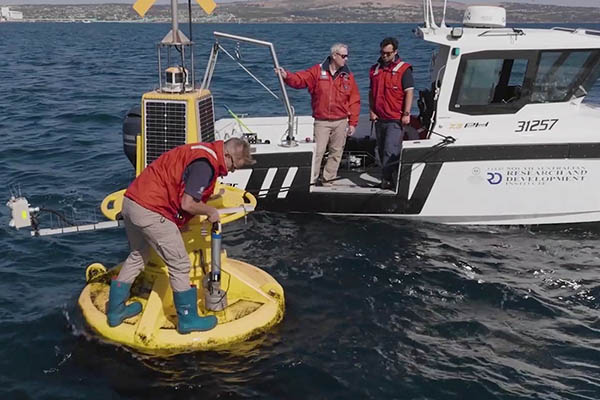Production of new white-fleshed fish could boost the economy and reduce imports

A new white-flesh fish industry could soon boost Australia’s economy by over $1 billion, following successful breeding trials and positive market testing by the national science agency, CSIRO.
The pompano (Trachinotus anak), identified as an ideal species for aquaculture in northern Australia’s tropical climate, offers a sustainable solution to meet the country’s rising demand for locally sourced seafood. The initiative could also reduce reliance on the 100,000 tons of imported white-flesh fish annually, positioning Australia’s aquaculture sector for significant growth.
“The pompano is a robust, sociable fish endemic to northern Australia that grows really quickly and tastes great, making it an ideal candidate for adapting to our aquaculture environments,” said Dr. Polly Hilder, lead scientist. “We’re bringing a new species to Australian plates to give consumers more options while opening up new export opportunities to strengthen Australia’s white-flesh fish industry. We’re now working to scale production processes in commercial trials with industry.”
Early market testing has highlighted the pompano’s culinary appeal, with chefs praising its versatility, ease of preparation and great taste, according to a study by Fishtales. The fish’s potential will take center stage at AgCatalyst2024, where Andy Allen, MasterChef Australia judge and co-owner of Three Blue Ducks, will showcase its qualities in a live cooking demonstration.
CSIRO is working with industry partners to fast-track the pompano’s entry into the mainstream market, aiming to establish a sustainable Australian white-flesh fish industry. This initiative seeks to diversify the seafood market while reducing the nation’s reliance on imported fish, paving the way for a resilient and sustainable aquaculture sector.
“We’re applying innovative circular economy approaches designed around welfare that make use of resources end-to-end – from capturing value from production processes, through to utilizing the whole fish at the consumer end,” Hilder said. “For example, fish waste is high in phosphorous and nitrogen nutrients and can be turned into valuable byproducts such as fertilizer capsules.”
According to CSIRO’s National Protein Roadmap, the industry’s goal of producing 50,000 tonnes of white-flesh fish could generate over 1,000 jobs in Australia. This initiative is part of CSIRO’s broader effort to develop sustainable protein solutions to meet growing global demand. CSIRO’s extensive aquaculture research spans breeding and genomics, as well as health, nutrition and production processes, ensuring a comprehensive approach to advancing the industry.
Now that you've reached the end of the article ...
… please consider supporting GSA’s mission to advance responsible seafood practices through education, advocacy and third-party assurances. The Advocate aims to document the evolution of responsible seafood practices and share the expansive knowledge of our vast network of contributors.
By becoming a Global Seafood Alliance member, you’re ensuring that all of the pre-competitive work we do through member benefits, resources and events can continue. Individual membership costs just $50 a year.
Not a GSA member? Join us.
Author
-
Responsible Seafood Advocate
[103,114,111,46,100,111,111,102,97,101,115,108,97,98,111,108,103,64,114,111,116,105,100,101]
Tagged With
Related Posts

Responsibility
Research project finds ‘high degree’ of support for developing restorative aquaculture along New South Wales coast
Restorative aquaculture could significantly drive economic growth in the NSW South Coast but implementation challenges remain.

Intelligence
Australian biotech company launches early detection technology for shrimp diseases
Genics has launched Shrimp MultiPath2.0, a technology that can detect 18 shrimp diseases and identify genetic variations in a single test.

Responsibility
Experts discuss seafood nutrition, accessibility and sustainability amid climate change in the Southern Hemisphere
An expert panel of scientists convened by CRC discussed driving the blue economy while improving seafood nutrition, accessibility and sustainability.

Intelligence
New water quality monitoring system could help grow aquaculture in Australia
CSIRO’s AquaWatch technology "significantly" helped water quality monitoring needed to support aquaculture growth in the Spencer Gulf region.



